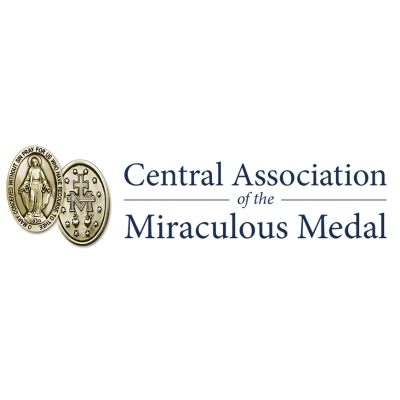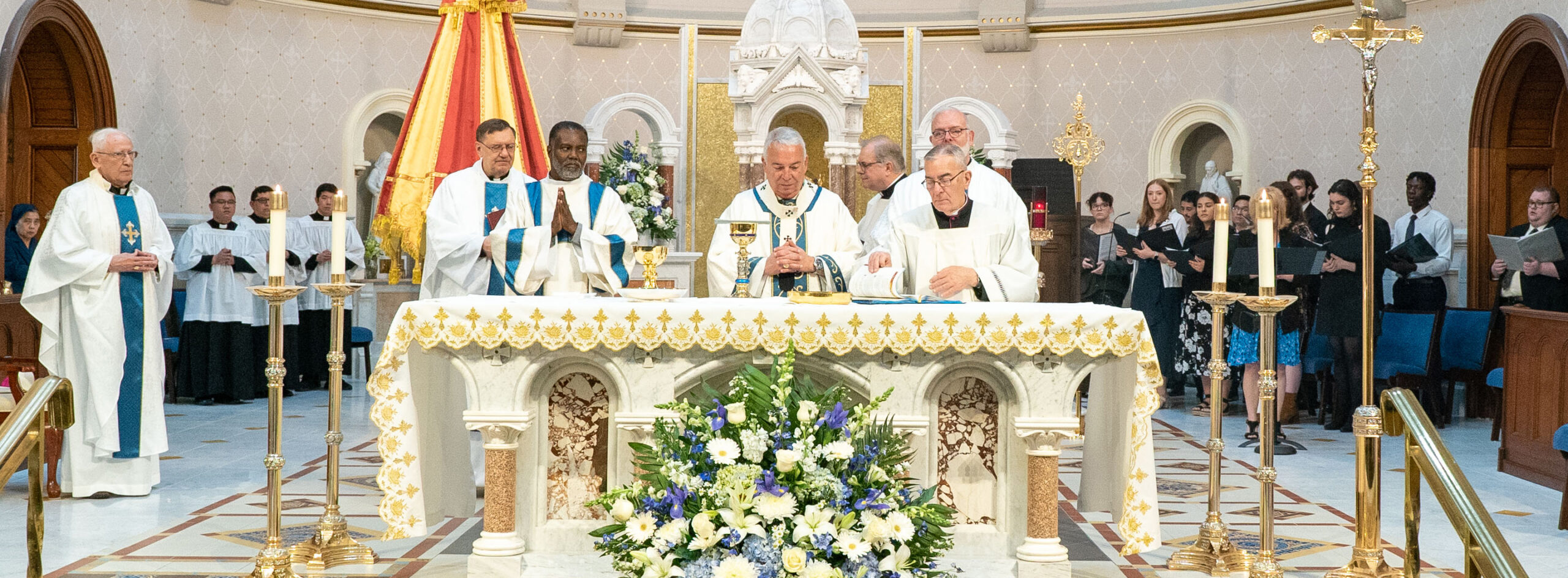Becoming a Basilica
Becoming a Basilica
In the modern world, basilicas are widely recognized as churches or shrines of elevated importance, although their distinguishing characteristics and complex role within the Roman Catholic tradition may be less familiar to us.
THE SIGNIFICANCE OF BASILICAS
Basilicas assume heightened obligations and possess exceptional privileges within the Catholic Church, while embodying distinctive characteristics as conduits for vibrant adoration of the Lord, celebration of the sacraments, and devotion to the Blessed Mother and the saints.
These special houses of worship have held this esteemed position since the early fourth century when Emperor Constantine I gifted the former Lateran Palace to Pope Sylvester I, who made it his residence. The Pope converted its great hall—which previously had been known as a “basilica” in a secular sense—and consecrated it as the Cathedral of Rome, seat of the Supreme Pontiff, which it has remained for most of the last 1,700 years. Today, it is known as the Archbasilica of the Most Holy Savior at the Lateran (familiarly the Lateran Basilica), one of just four major basilicas in the world.
On November 9, 1989, the Holy See’s Congregation for Divine Worship and the Discipline of the Sacraments issued Domus Ecclesiae, a document that provides the Church with definitive guidance on the requirements, privileges, and responsibilities of basilicas. Fundamentally, the text states: A basilica must possess “particular importance for liturgical and pastoral life” such that it is “honored by the Supreme Pontiff with the title of Minor Basilica, thereby signifying [its] particular link with the Roman Church and the Supreme Pontiff.”
RECEIVING THE PAPAL DECREE
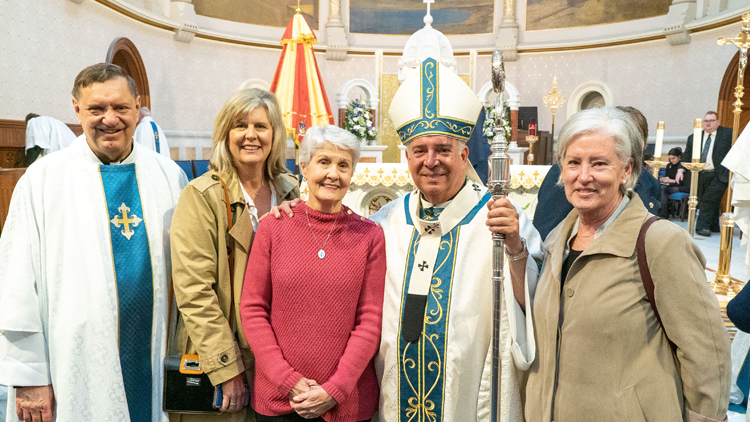
In December 2022, Pope Francis decreed that The Basilica Shrine of Our Lady of the Miraculous Medal would be so honored. It is just the second Minor Basilica in the Archdiocese of Philadelphia and the 92nd in the United States. As such, it also holds international status within the Church, among approximately 1,800 Minor Basilicas worldwide.
At first glance, The Basilica Shrine appears much the same as it has since the Vincentians opened its doors to the public for the first time in 1927. With its rectangular nave; recessed apse; ornate columns and arches; Romanesque façade; and towering spire, its crowning distinction lies atop the carillon dome, where the gilded statue of Our Blessed Mother overlooks the city, her arms extended for all who beseech her graces. But upon closer inspection, visitors will notice new identifying features.
The Basilica Shrine has vibrant worship life, pastoral associations, and charitable work, along with its standing as a historical landmark, a house of significant sacred art, and a destination for pilgrims from around the world.
MINOR BASILICA PRIVILEGES
As a Minor Basilica, The Basilica Shrine has the privilege of displaying the Vatican City’s coat of arms on its façade and the crossed keys of Saint Peter on all its furnishings and liturgical appointments. It also displays a canopy of yellow and red silk known as an ombrellino, along with a bell mounted on a pole known as a tintinnabulum. Together, these features signify a basilica’s direct link with the pope.
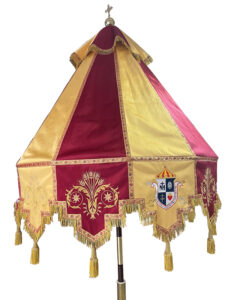
These visual cues are a constant reminder of the fundamental role of a basilica, as stated in Domus Ecclesiae, “as a center of active and pastoral liturgy, especially through celebrations of the Most Holy Eucharist, of penance, and of the other sacraments. These celebrations set an example for others on account of their preparation and realization according to liturgical norms and with the active participation of the people of God.” The Basilica Shrine satisfies these norms through its vibrant worship life, pastoral associations, and charitable work, along with its standing as a historical landmark, a house of significant sacred art, and a destination for pilgrims from around the world.
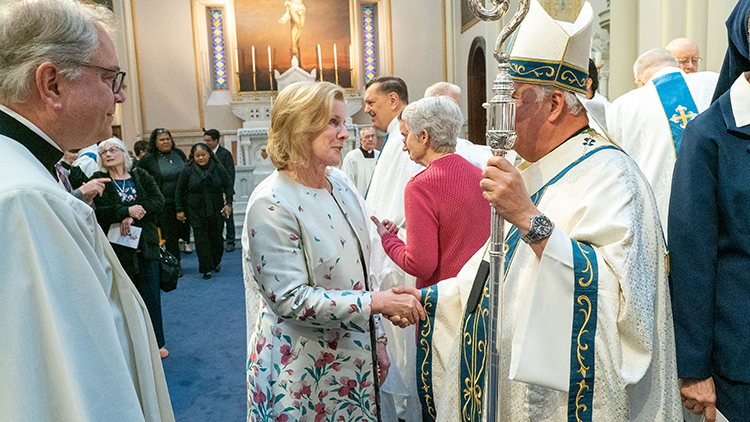
ELEVATED RESPONSIBILITIES
The Basilica Shrine’s new designation brings elevated responsibilities. As a clear demonstration of its special bond of communion with the Roman cathedra, in accordance with Domus Ecclesiae, The Basilica Shrine will celebrate “with particular care” the Feast of the Chair of St. Peter the Apostle (February 22); the Solemnity of Saints Peter and Paul, Apostles (June 29); the anniversary of the sitting pope’s election into the supreme ministry (for Pope Francis, March 13); and the anniversary of the sitting pope’s inauguration as the new pontiff (for Pope Francis, March 19).
Additionally, a minor basilica continues to promote the instruction of the faithful in the liturgy through groups, courses, and conferences; ensure that the celebrations of the liturgical year are prepared and carried out with great care, especially the seasons of Advent, Christmas, Lent, and Easter; and promote the singing of the various parts of Holy Mass, so that the celebration “takes a more noble form when it is carried out in song.”
PLENARY INDULGENCES
As a concession of its new designation, The Basilica Shrine holds the privilege of plenary indulgence in that those faithful (who devoutly visit on certain days and participate in a sacred rite) may—under specific conditions—obtain a plenary indulgence that removes all temporal punishment associated with one’s sins. As detailed in Domus Ecclesiae, individuals must make sacramental confession, receive Eucharistic Communion, and pray for the intention of the Supreme Pontiff on the designated day. A basilica may offer plenary indulgences on specific dates associated with the granting of its title and dedication; the Solemnity of Saints Peter and Paul, Apostles; or annually on a day chosen that the local Ordinary or the faithful choose.
Interested in receiving a print version of the Miraculous Medal Message?
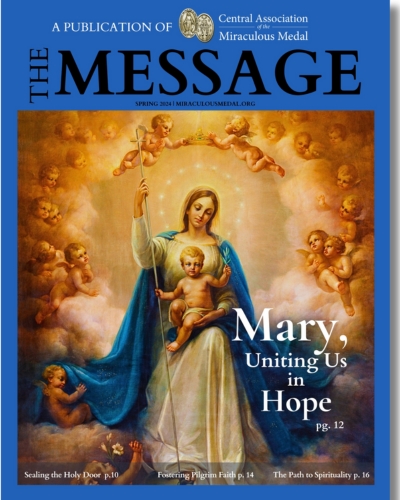
By becoming an annual member of The Miraculous Medal Shrine family, you will receive a subscription to The Message. Click here to become a member.
Basilica-exclusive Items from The Basilica Shrine Gift Shop

